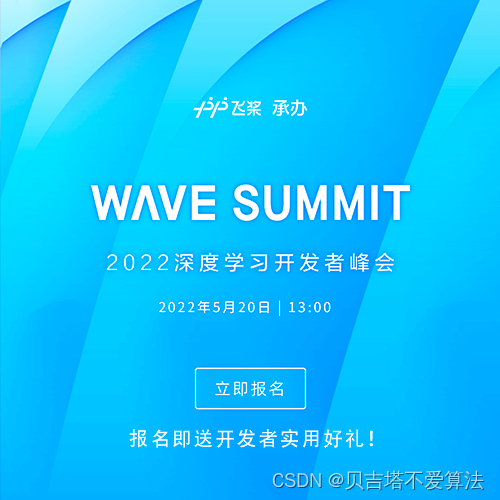在开发中我们通常在表单元素上使用v-model来实现数据的双向绑定。其实v-model只是语法糖,是v-bind和v-on的缩写
官方解释:
// 以下两种是等价的
<input v-model="searchText">
<input
v-bind:value="searchText"
v-on:input="searchText = $event.target.value"
>
基于以上的理论只是我们来展开说明Vue和和Vue3在组件上使用v-model的区别
Vue2
-
写法一
<template> <div> <child v-model="test" /> <p>父组件:{{ test }}</p> <button @click="fn1">父组件</button> </div> </template> <script> //父组件 import child from './child.vue' export default { components: { child }, name: 'Home', data() { return { test: '' } }, methods: { fn1() { this.test += 1 } } } </script> //------------------------------------------------------ <template> <div> <p>子组件普通元素的值{{ msg }}</p> <button @click="fn">子组件普通元素的按钮</button> </div> </template> <script> export default { //子组件 // props是对象的时候,里面的属性值不能用基本类型了 /** * model 表示了v-model使用的属性和事件名称 * 一个组件上的v-model默认利用名为value的prop和名为input的事件 */ model: { prop: 'msg', // v-bind 的属性 event: 'cc' // v-on的属性 }, props: { msg: {} }, methods: { fn() { this.$emit('cc', this.msg + 2) } } } </script> <style></style> -
写法二:
<template>
<div>
<child-input v-model="content" />
<p>父组件input的值:{{ content }}</p>
</div>
</template>
<script>
//父组件
import childInput from './childInput.vue'
export default {
components: { childInput },
name: 'Home',
data() {
return {
content: ''
}
}
}
</script>
//-----------
<template>
<div>
<input v-model="editContent" />
</div>
</template>
<script>
export default {
//子组件
props: {
// v-mode默认时使用名称为value的prop
value: String
},
data() {
return {
content: ''
}
},
computed: {
editContent: {
get() {
return this.value
},
set(newVal) {
this.$emit('input', newVal)//必须使用input发送数据,父组件的v-model才会接收到。默认的是input
}
}
}
}
</script>
<style></style>
vue3
vue3和vue2是不兼容的:vue3的语法糖原里是:自定义组件上的 v-model 相当于传递了 modelValue prop 并接收抛出的 update:modelValue 事件:
写法:
<template>
<div class="home">
<child v-model="pContent" />
<p>父组件的值{{ pContent }}</p>
</div>
</template>
<script setup>
import { ref } from 'vue'
import child from './child.vue'
const pContent = ref('')
</script>
//-----------------------------------
<template>
<div>
<input v-model="value" />
</div>
</template>
<script setup>
//其实defineProps和 defineEmits 是不需要导的,eslint会检查就写上了
import { defineProps, defineEmits, computed } from 'vue'
const props = defineProps(['modelValue'])
const emits = defineEmits(['update:modelValue'])
const value = computed({
get: () => props.modelValue,
set: (val) => {
emits('update:modelValue', val)
}
})
</script>
<style lang="less" scoped></style>
具体差别详见官方地址: v-model
